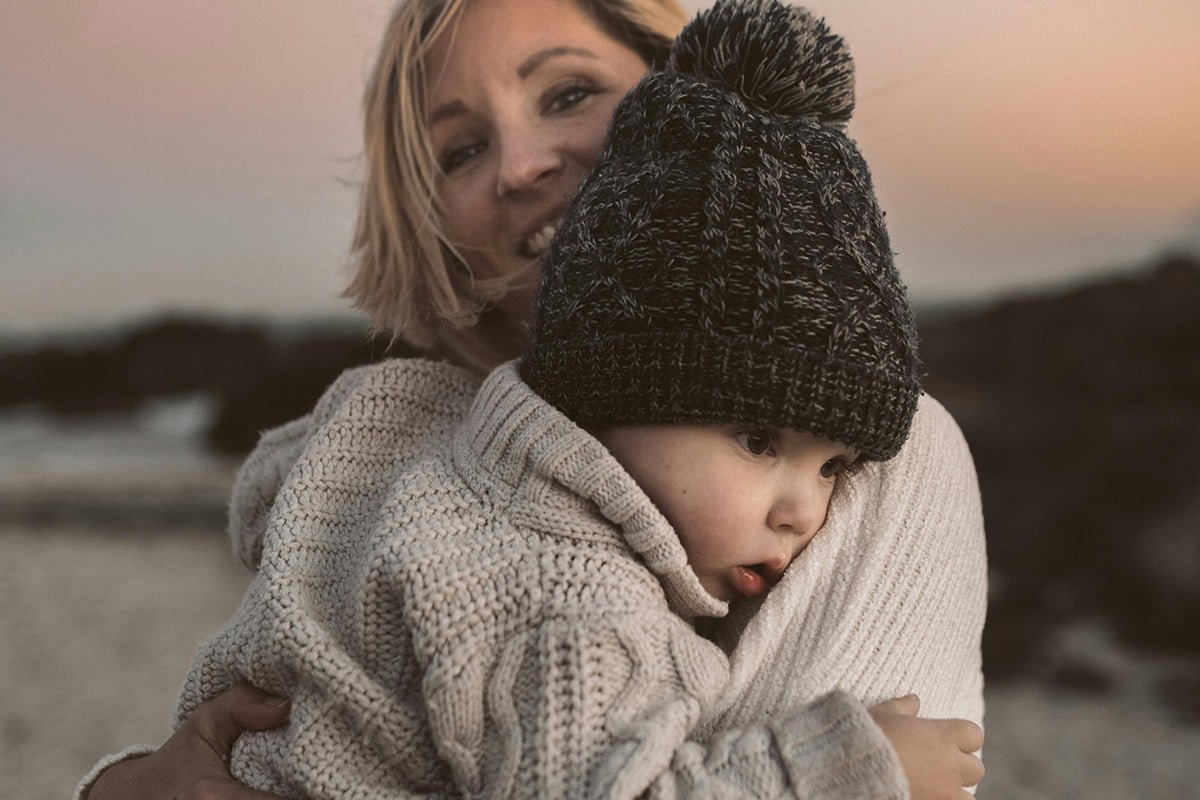How to Dress Your Baby in Winter?
- by Smiley Kiddo

Introduction
As winter approaches, ensuring your baby is both warm and comfortable becomes a priority. Building an appropriate winter wardrobe involves thoughtful layering, selecting suitable fabrics, and understanding your baby's specific needs.
Building Your Baby’s Winter Wardrobe
Given how quickly babies grow, it's practical to curate a versatile wardrobe with key pieces that can be mixed, matched, and layered. Consider the following:
-
Temperature and Heating: Assess both indoor and outdoor temperatures. Layering allows you to adjust your baby's clothing to maintain comfort across varying environments.
-
Activity Level: For newborns who are less active, warmer layers may be necessary. In contrast, more active infants and toddlers require breathable clothing that permits movement without causing overheating.
-
Comfort and Safety: Choose soft, non-irritating fabrics and avoid clothing with small buttons or embellishments that could pose choking hazards.
Layering Basics for Winter
Layering is essential to trap heat and provide flexibility in adjusting to temperature changes:
-
Base Layer: Soft, breathable fabrics like cotton or bamboo that sit against the skin.
-
Mid Layer: Insulating materials such as fleece to retain warmth.
-
Outer Layer: Weather-resistant jackets or snowsuits to protect against wind and moisture.
Dressing for Different Settings
-
Outdoor Activities: Use all three layers and ensure extremities are covered with hats, mittens, and warm socks.
-
Indoor Activities: Lighter layers are suitable indoors, especially in heated environments, to prevent overheating.
-
Sleep: Opt for sleepwear with appropriate TOG ratings to maintain warmth without excessive layering.
Special Considerations for Newborns
Newborns have limited ability to regulate their body temperature:
-
TOG Rated Sleepwear: Choose swaddles or sleeping bags with suitable thermal ratings.
-
Breathable Materials: Use fabrics like cotton or bamboo to prevent overheating.
-
Proper Sizing: Ensure clothing fits well to provide warmth without restricting movement.
Monitoring Your Baby’s Temperature
Regularly check your baby's chest, tummy, or the back of their neck to gauge warmth. Avoid using hands or feet for this purpose, as they may naturally feel cooler.
Essential Winter Clothing Items
-
Hats and Beanies – To prevent heat loss from the head.
-
Mittens and Gloves – To keep hands warm and protect delicate skin.
-
Socks and Booties – To maintain foot warmth.
-
Bodysuits and Onesies – As versatile base layers.
-
Sweaters and Cardigans – For adjustable mid-layers.
-
Jackets and Snowsuits – As protective outer layers against harsh weather.
By thoughtfully selecting and layering your baby's clothing, you can ensure they remain warm, comfortable, and safe throughout the winter months.
- Posted in:
- cold weather
- kids clothes
- winter clothes




